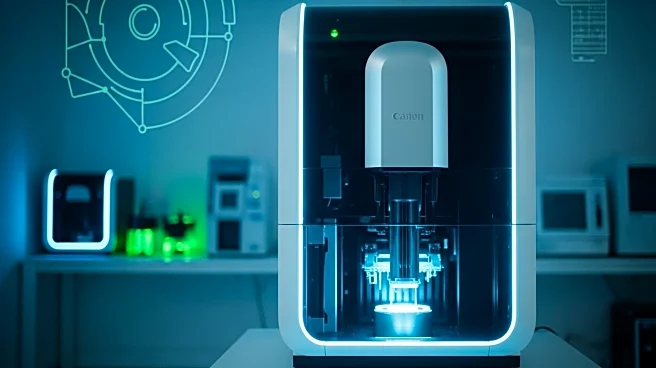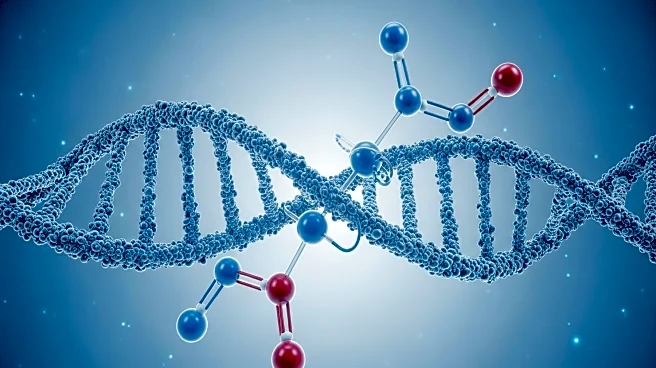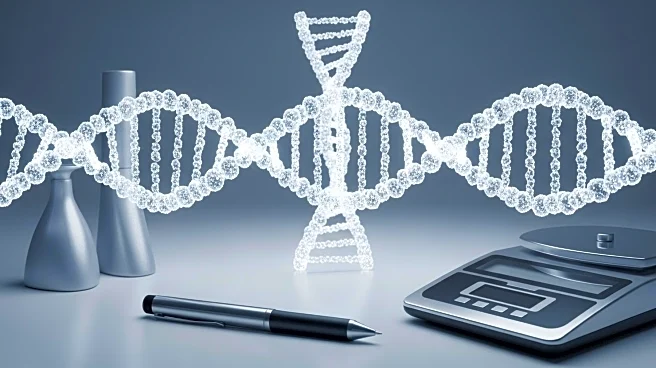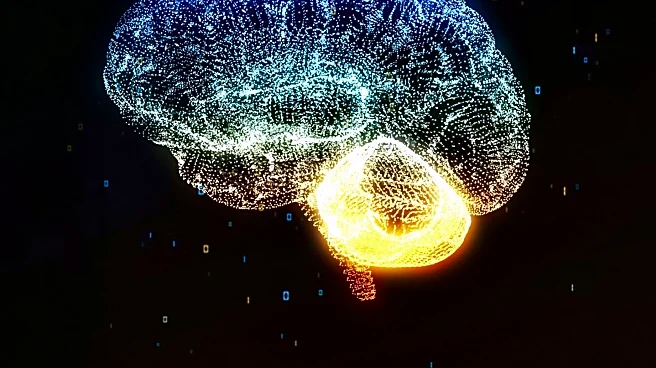What is the story about?
What's Happening?
Researchers at Harvard Medical School have developed an artificial intelligence model named PDGrapher, designed to identify treatments that reverse disease states in cells. Unlike traditional drug discovery methods that focus on single protein targets, PDGrapher analyzes multiple disease drivers and identifies genes that can revert diseased cells to healthy states. This approach aims to speed up drug discovery and unlock therapies for conditions that have been challenging to treat with conventional methods. The AI tool uses graph neural networks to map relationships between genes, proteins, and signaling pathways, predicting the best combination of therapies to restore healthy cell behavior.
Why It's Important?
The development of PDGrapher represents a significant shift in drug discovery, potentially optimizing the design of new drugs by focusing on specific targets that can reverse disease traits. This tool could be particularly beneficial for complex diseases like cancer, where tumors often evade drugs targeting single pathways. By identifying multiple targets involved in a disease, PDGrapher could help overcome this challenge, offering a more comprehensive approach to treatment. Additionally, the tool's ability to predict therapeutic targets quickly and accurately could lead to more efficient drug development processes, ultimately benefiting patients with faster access to effective treatments.
What's Next?
The researchers plan to use PDGrapher to tackle brain diseases such as Parkinson's and Alzheimer's, analyzing cellular behavior in disease and identifying genes that could restore health. Collaborations are underway with Massachusetts General Hospital to explore new drug targets for X-linked Dystonia-Parkinsonism. The ultimate goal is to create a roadmap for reversing disease at the cellular level, potentially leading to personalized treatment combinations based on a patient's cellular profile.
AI Generated Content
Do you find this article useful?















